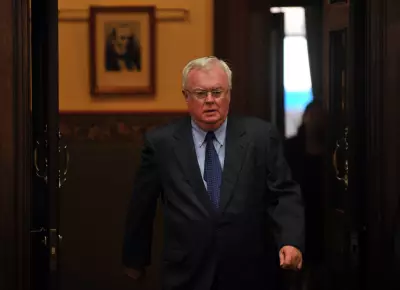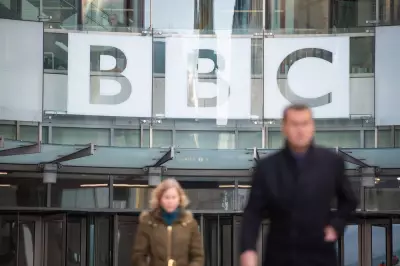
World's Largest Warship Deployed in Major Military Escalation
The United States has deployed the USS Gerald R. Ford, the world's largest warship, to Caribbean and Latin American waters in a significant escalation of military presence that represents the largest US military buildup in the region since the 1989 invasion of Panama. The nuclear-powered aircraft carrier, capable of carrying 90 aircraft and 4,000 sailors, has joined other warships and a submarine in what analysts describe as a dramatic show of force.
Meanwhile, Venezuelan dictator Nicolás Maduro has responded by announcing what he termed a "massive deployment" of land, sea, air, river and missile forces, along with civilian militia, to counter the US naval presence. The defence minister, Vladimir Padrino, stated that 200,000 troops are participating in these defensive exercises.
Differing Explanations for Military Buildup
US President Donald Trump has justified the military deployment and recent airstrikes by claiming they are necessary to combat drug trafficking, specifically targeting vessels he alleges are carrying drugs from Venezuela. However, many analysts view these actions as political pressure tactics aimed at forcing Maduro from power after what international observers deemed a stolen election last year.
Christopher Sabatini, a senior research fellow for Latin America at Chatham House, explained: "This is clearly an attempt to scare Maduro, perhaps into seeking exile, and to push the Venezuelan military to overthrow him or force him out." He described the strategy as "regime change on the cheap", though noted the significant daily cost of maintaining the aircraft carrier deployment.
The situation has been further complicated by US airstrikes on boats in South American waters that have killed at least 76 people since September. The United Nations has described these killings as extrajudicial executions, noting the absence of evidence released about the vessels or their occupants.
Questions About Drug Trafficking Claims
Experts have raised serious doubts about the effectiveness and truth behind Trump's drug interdiction justification. According to a 2020 US Drug Enforcement Administration report, only 8% of documented cocaine movements from South America moved toward the Caribbean islands in 2019, with the majority (74%) traveling via the Pacific route.
Andrés Antillano, a criminology professor at the Central University of Venezuela, challenged Trump's claim that targeted boats were carrying fentanyl, noting that fentanyl is neither produced nor significantly consumed in South America. He stated that the airstrikes represent an ineffective approach to stopping drug smuggling, as traffickers simply seek alternative routes when one pathway is disrupted.
Regarding Venezuela's role in drug trafficking, the United Nations Office on Drugs and Crime reported that Venezuelan cocaine seizures accounted for just 2.3% of the global total in 2020, falling to 1.9% by 2023. José Luis Pérez Guadalupe, a criminology professor at Peru's Universidad del Pacífico, explained that while Venezuela serves as a transit country for Colombian cocaine, there's no evidence that shipments go directly to the United States.
Political Implications and Regional Response
Maduro has accused the United States of fabricating a new war and described the naval deployment as "the greatest threat our continent has faced in the past 100 years". Venezuela has reportedly received Russian military equipment to strengthen its defences, with Moscow reaffirming its firm support for Venezuelan sovereignty.
The situation presents significant political risks for all involved. Pérez Guadalupe warned that any US intervention could backfire, noting that nationalist sentiment has been stirred among Venezuelans facing what they perceive as foreign invasion. Even if Maduro were removed, any successor government installed with US support would likely be viewed as illegitimate by many Venezuelans.
As the USS Gerald R. Ford approaches Caribbean waters, the international community watches closely to see whether this massive military display will achieve its intended political objectives or instead escalate into a more dangerous confrontation with unpredictable consequences for regional stability.





